“The cup that cheers but not inebriates,” wrote Tennyson, and in those few words captured the quiet dominion of tea over human life. It is perhaps the most universal of all human addictions, woven so seamlessly into our civilizational history that to imagine existence without it seems almost unthinkable. It flows through continents and centuries with the same ease with which it trickles into earthen cups and porcelain china. From the bustling lanes of Banaras to the silent libraries of Oxford, from the snowy steppes of Mongolia to the monsoon-soaked verandahs of Mawsynram, tea has become less a beverage and more a global ritual—an act of pause, of welcome, of daily continuity. In almost every country, in every culture, a steaming cup awaits—served in porcelain or in clay, in delicate ceremonies or in bustling railway stations.
And yet, this universality is remarkably recent. Barely two centuries ago, vast swathes of the world knew nothing of tea. They had their own beverages, painstakingly evolved over generations, shaped by geography, climate, and cultural memory. Sherbets cooled the summers of Persia, buttermilk sustained the Indian farmer, barley water soothed the European peasant, and herbal decoctions infused with leaves, seeds, and roots offered warmth and healing in every corner of the globe. Each was not merely drink but ritual, an intimate negotiation with nature and season.
The ascendancy of tea, then, is both astonishing and unsettling. How did a single leaf rise from local obscurity to near-global indispensability? And more provocatively: what was displaced, what was silenced, in this victory? What if tea had never journeyed beyond the mists of Yunnan, never been trafficked through colonial routes, never been conscripted into empire? What might have flourished in its absence? Would cultures have deepened their own beverage wisdoms instead of reshaping them around the teacup?
In India, especially—a land with a millennia-old tradition of herbal infusions, dairy-based drinks, and fermented elixirs—what would have been the trajectory of our drinking habits had the great tea plantations of Assam and Darjeeling not emerged to rewrite our palate? If we indulge, even for a moment, in the counterfactual—what if tea had never left its native soil?—we begin to see an alternative canvas of human taste and culture, one rich with pluralities, local wisdoms, and healthful diversities.
This work is an invitation into that reflection. It does not seek to denounce tea—beloved companion of mornings and midnights alike—but to place it in perspective, to recover what lies in its shadow. Speculative though it may be, it is neither nostalgic indulgence nor anti-tea sentiment. It is an attempt to explore the idea of lost possibilities: to recover a canvas we never painted, to imagine a path not taken. It is also a provocation—to reassess the cost of cultural standardisation, to revalue our indigenous traditions, and perhaps, to reclaim what still quietly survives in the shadow of the tea leaf. For in that shadow linger forgotten stories, unremembered brews, and the quiet richness of cultures that once thrived without the empire of the teacup
(Uday Kumar Varma is an IAS officer. Retired as Secretary, Ministry of Information & Broadcasting)
.jpg)
 Uday Kumar Varma
Uday Kumar Varma 


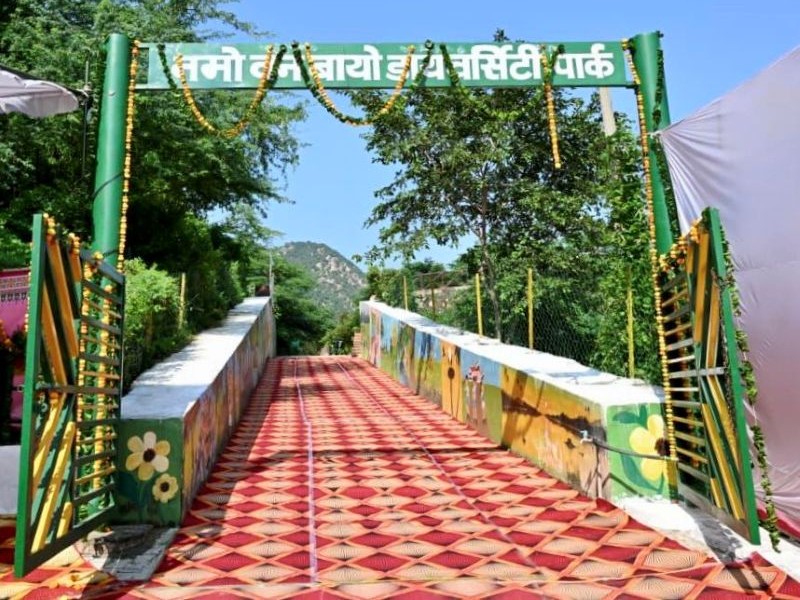
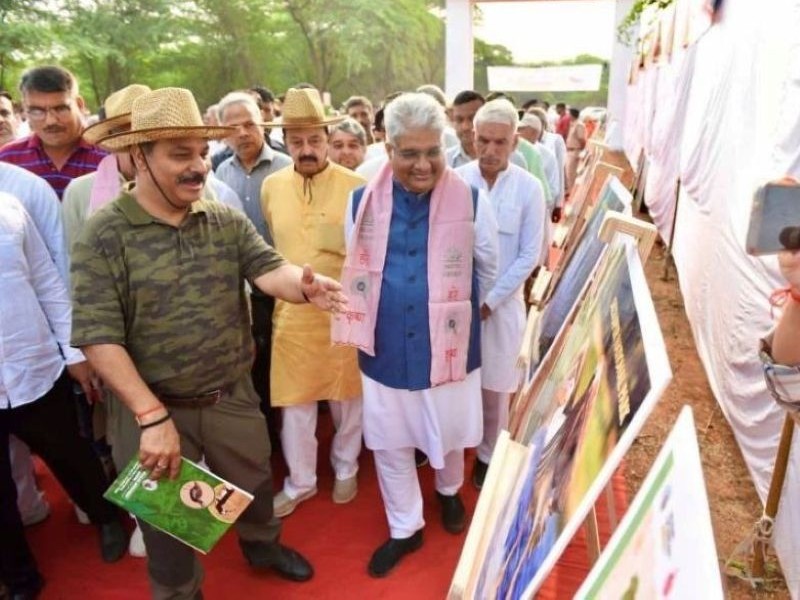

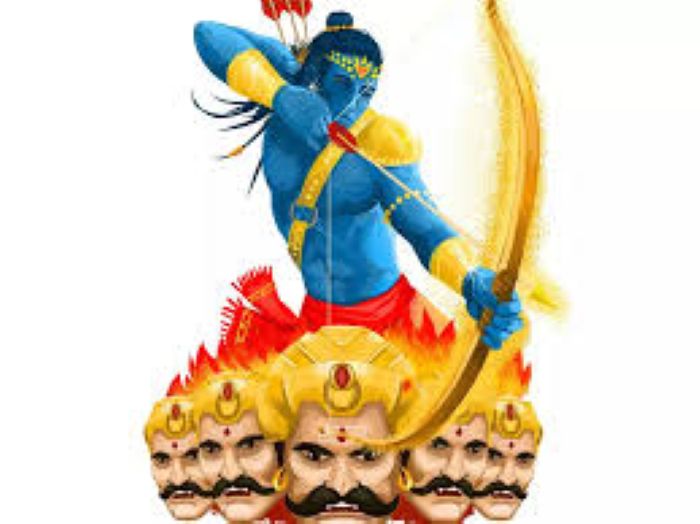



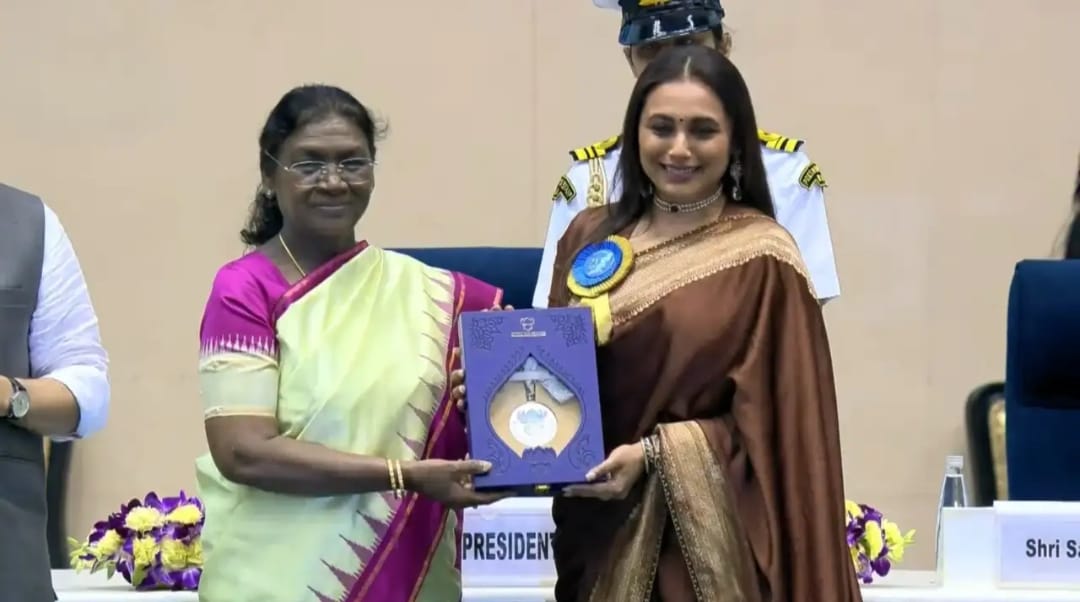

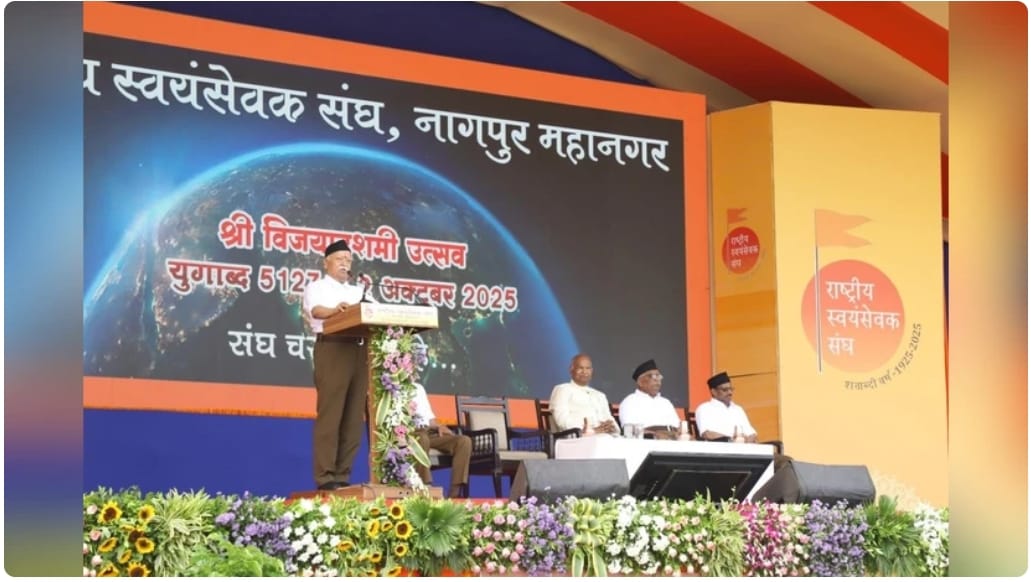
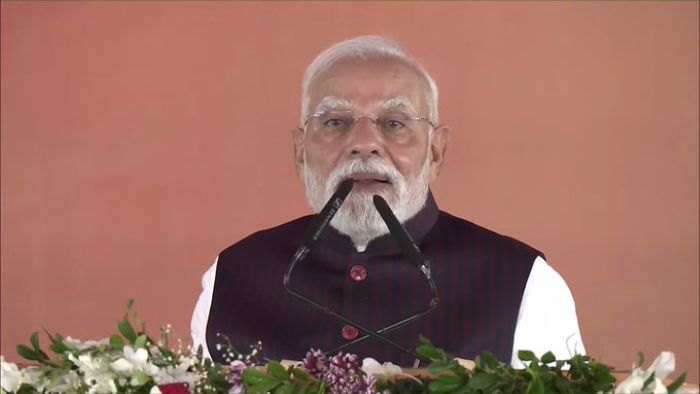

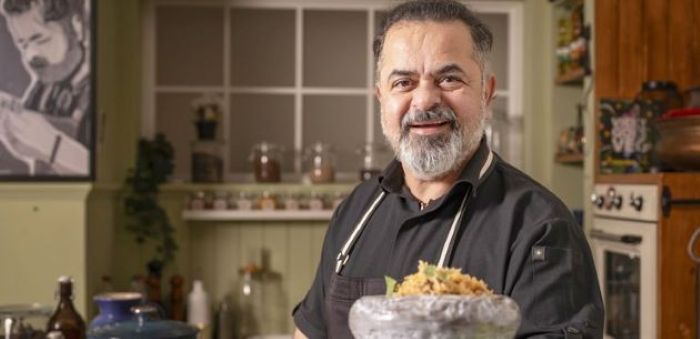


Related Items
Anupama Solanki: Dating multiple people is like an addiction
Bangladesh rolls out Universal Pension Scheme
Magical Mahua-Part VI Traditional Distilling: Universal Taste